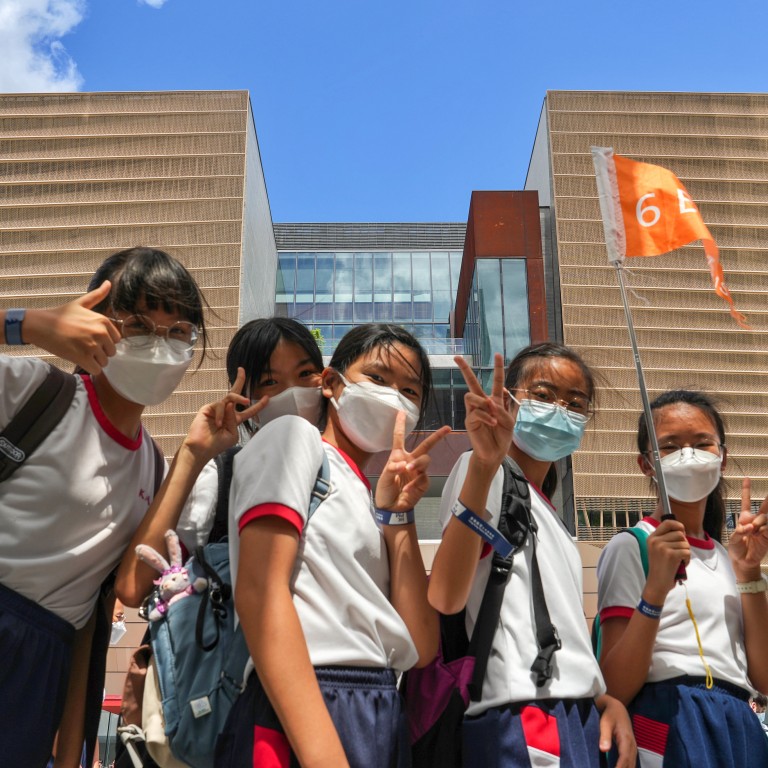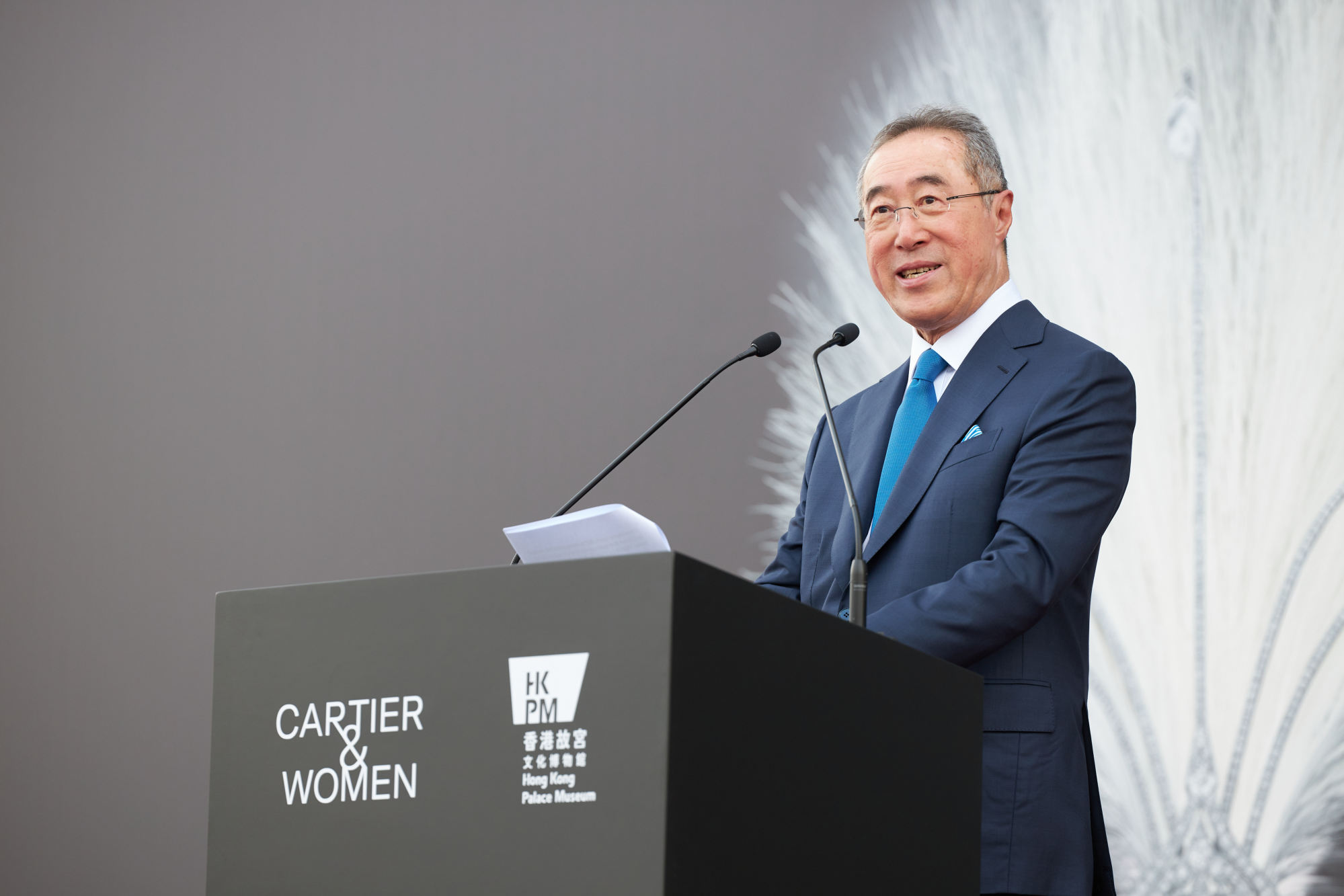
Making West Kowloon Cultural District profitable should not just mean more hotels and malls
- The troubled history of the arts hub notwithstanding, its efforts to make itself financially viable by ‘thinking out of the box’ should be supported – but not if it means diluting its stated purpose of promoting arts and culture
The making of the West Kowloon Cultural District has spanned decades and, every step of the way, it came up against political headwinds and controversies.
It was in 1998 that the city’s first chief executive formally proposed to build a “state of the art” performance venue in Kowloon. A design competition was launched in 2001 and the winner announced the following year.
Soon after, questions were raised about the winning design, the financial model, the lack of public consultation and other issues, and in 2005 the government was forced to go back to the drawing board.
While it’s common for developments of this scale to attract criticism – the Eiffel Tower was once scorned by Parisians as an eyesore – the early opposition against the cultural district was also partly due to bad timing.
In 2005, Hong Kong was just recovering from the impact of the severe acute respiratory syndrome outbreak and the political fallout of the mass demonstrations against proposed national security legislation.
More to the point, Hongkongers were deeply suspicious of government decisions that were made without consultation or transparency, whether perceived or real. Many people were outraged by the decision in 1999 to award the Cyberport project to Pacific Century Group without formal open tender. Thus, the scene was set for an arduous path for the West Kowloon Cultural District.

Tang said the arts hub had to “think out of the box” and use its land to generate enough revenue, and warned that it might need to shift away from plans to fund cultural activities by setting up hotels, and residential and commercial spaces.

While we appreciate the recognition for the need to “think out of the box”, the arts hub cannot lose its original purpose of giving Hong Kong a home for the arts to nurture the city’s growth as a cultural powerhouse.
Would the government consider letting private institutions in and encourage such moves with support in the form of tax breaks or collaboration offers? What about an art school perhaps?
Instead of thinking within the same models that may perhaps be out of step with the times, maybe we need to think more along these lines and not be too quick to reject calls for privatisation. This, in essence, is what thinking outside the box requires.
Alice Wu is a political consultant and a former associate director of the Asia Pacific Media Network at UCLA

